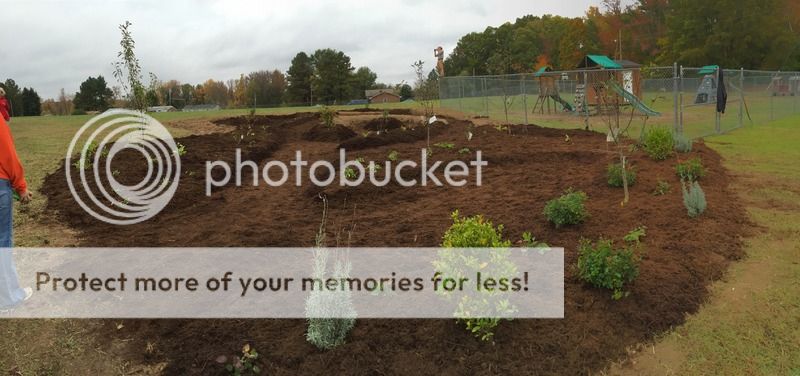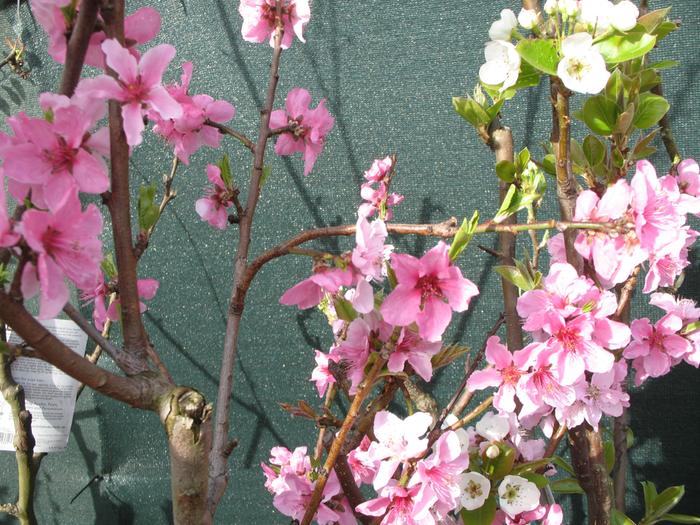Jobe Shores wrote:michael- as far as i know, i've never seen comfrey growing around here. i had never heard of comfrey until a few months ago, though, so i'm hoping i can locate some local plants once spring breaks. but JUST IN CASE, i'm still looking for an alternate source. if there are no local comfrey plants to dig, maybe it just doesn't do well here, or maybe the conventional farming sprays have eradicated it from this area. but i'm gonna try it anyway
My understanding of comfrey is that it is native to Russia/East Europe. Not sure I've ever heard of any areas in the CONUS where it's "naturalized" and could be foraged, but I guess it's possible.
Its a cool-ish climate plant but is hardy enough to thrive in most places with decent soils. If you live in zones 7-8 and above, you'd probably want to give it some shade at some point in the day. I'm in zone 7 with clay soils and the plants I have really started to rock around May/June, before the really hot part of the summer kicked in. Then, they slowed a bit, and came back a little in September/October. Then I harvested the leaves for mulch, and they've been slowly putting leaves back up ever since, even through the fall and winter. Should be monsters next season.
A very good source for comfrey is Coe's Comfrey. Just a quick google search away. I got the $20 package from him and ended up with much more than the item description. Plus, like I said earlier, you can further divide the root sections to get a lot of plants out of 6-8" root sections. Cut them down to 3-4" each, plant horizontally about 4-6" down depending on your soil (shallower if heavier, deeper if lighter). I have clay so I went about 4" down. Then mulch on top. Keep watered, lightly so the cuttings don't rot, and you'll see small green leaves peeking up in few weeks.









 )
)

